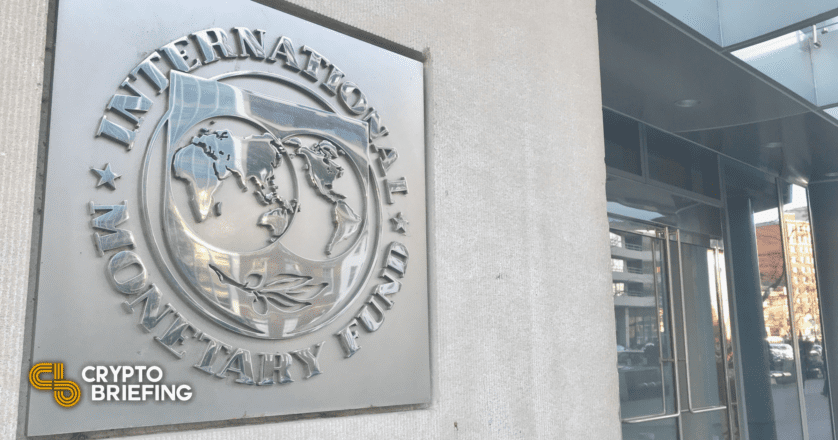IMF Unveils Plans for Global CBDC Platform
In an attempt to create a more accessible global monetary system, the IMF revealed a plan for CBDC platforms for cross-border payments.

Share this article
In a speech delivered during a high-level policy roundtable today, the International Monetary Fund (IMF) and Bank Al-Maghrib called for a strategic shift toward a global central bank digital currency (CBDC) to enhance global payments infrastructure among users for digital assets.
Tobias Adrian, financial counselor and director of the Monetary and Capital Markets Department of the IMF, highlighted that technology presents an opportunity for money to evolve. He further emphasized that technologies such as cryptography, tokenization and programmability are being utilized globally to improve money systems and should be developed further.
Adrian shared a blueprint for a new class of cross-border and domestic payment and contracting platforms called XC platforms:
“Our blueprint for a new class of platforms would (ensure) greater interoperability, efficiency, and safety in cross-border payments, as well as in domestic financial markets.”
The proposed CBDC platforms are structured in three layers: settlement, programming, and information management. They ensure safety by settling with central bank reserves, bring innovation and safety in contracting, and manage information flows to overcome economic frictions. The platforms offer interoperability among fiat currencies and “legacy systems” and are based on transparent, rule-based governance.
Made for settling money transactions in different currencies, the platforms would focus on reducing delays and high fees associated with international payments, as well as programming financial contracts and managing information effectively.
The key advantage of these platforms, Adrian suggested, would be improved safety, as transactions would be settled using a fairly secure form of money — central bank reserves. The platforms would enable a multicurrency system, permitting participants to use their chosen currency while the central banks retain control over the distribution of reserves:
“The cost, sluggishness, and opacity of cross-border payments come from limited infrastructure. To get global finance right, we must come together to get global payments right.”
Share this article
